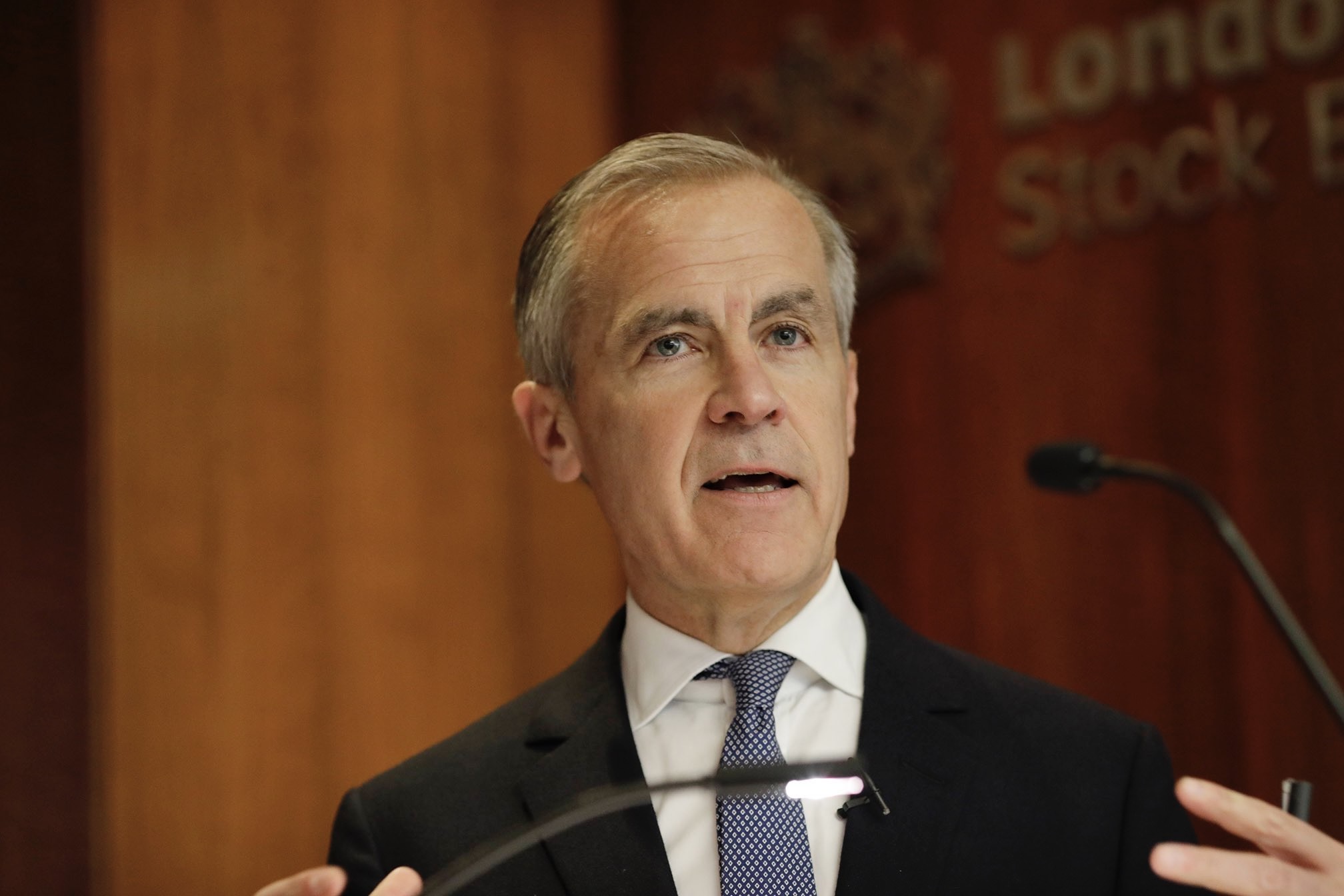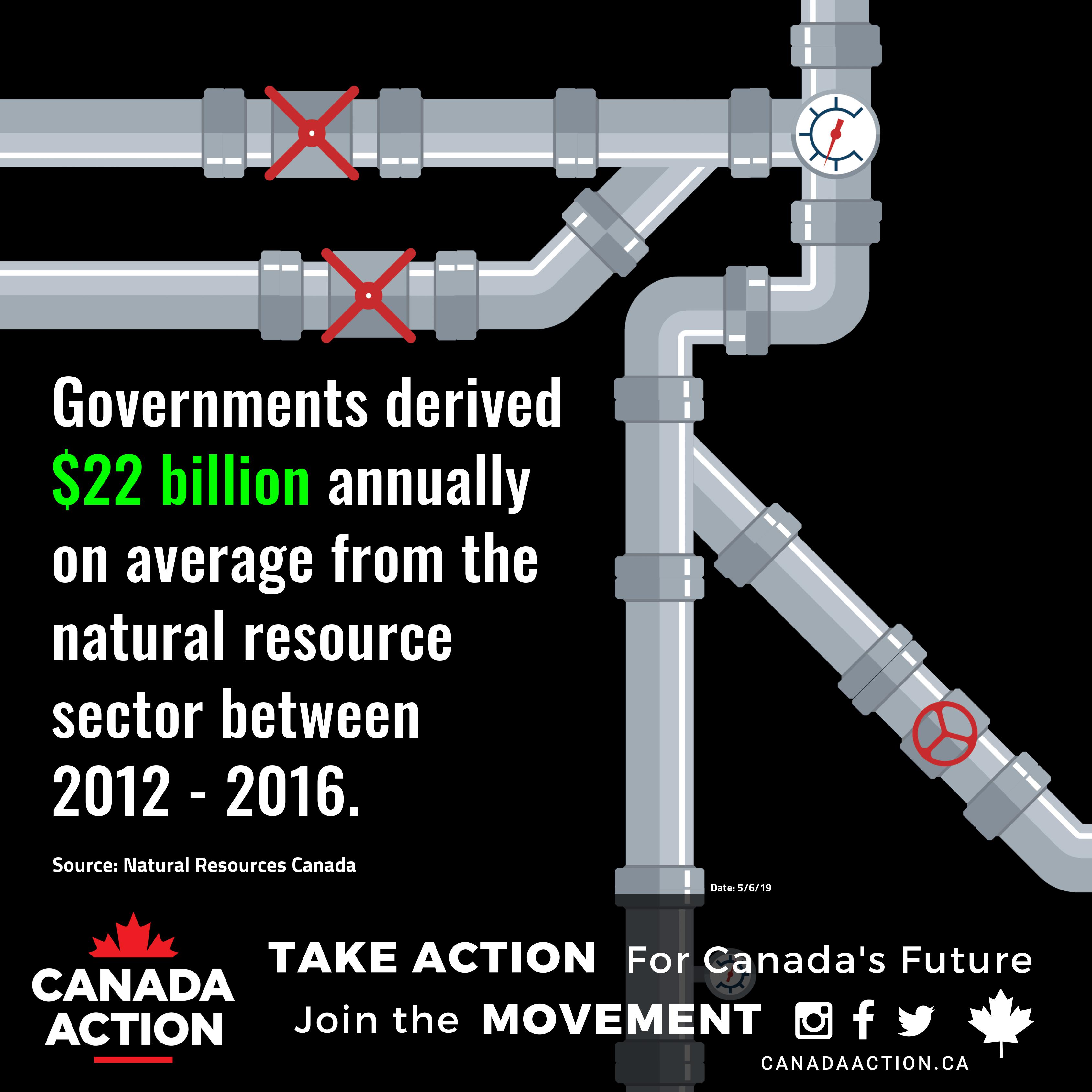Canada's Trade Strategy: Waiting For A Favorable US Deal

Table of Contents
The Current State of Canada-US Trade Relations
The history of Canada-US trade relations is a long and complex one, marked by periods of cooperation and contention. The USMCA (United States-Mexico-Canada Agreement), which replaced NAFTA in 2020, represents the current framework governing bilateral trade. However, challenges and points of contention remain, significantly impacting Canada's trade strategy.
Ongoing negotiations continue in specific sectors, creating uncertainty. These include:
- Lumber: Disputes over softwood lumber exports persist, leading to ongoing tariffs and trade restrictions.
- Dairy: Canada's supply management system for dairy products remains a point of friction with US producers.
- Energy: Differing approaches to energy production and environmental regulations create complexities in energy trade.
Furthermore, the impact of US protectionist policies, such as Buy American initiatives, continues to pose challenges to Canadian businesses seeking access to the US market. This uncertainty surrounding future trade deals forces Canada to carefully consider its overall trade strategy.
Diversification Efforts as a Hedge Against US Dependence
Recognizing the risks associated with over-reliance on the US market, Canada has actively pursued trade diversification. This strategy aims to reduce vulnerability to fluctuations in the US economy and potential trade disruptions. Exploring new markets in Asia and Europe is a key component of this effort.
Canada's efforts include:
- Increased trade with Asian economies: Participation in the Comprehensive and Progressive Agreement for Trans-Pacific Partnership (CPTPP) has opened new opportunities for Canadian businesses in several Asian markets.
- Strengthening ties with European Union markets: The Canada-European Union Comprehensive Economic and Trade Agreement (CETA) has facilitated increased trade and investment flows between Canada and the EU.
- Investing in infrastructure: Significant investments in port infrastructure, transportation networks, and digital connectivity are crucial to support increased international trade. This facilitates smoother and more efficient export and import processes.
Economic Impacts of a Favorable vs. Unfavorable US Deal
The economic consequences of a favorable versus an unfavorable US trade agreement for Canada are significant. A strong trade agreement with the US would likely translate into:
- Increased GDP growth: Facilitated trade would boost economic activity and contribute to higher overall GDP.
- Job creation: Increased exports and investment would lead to the creation of jobs across various sectors.
- Lower consumer prices: Increased competition and access to US markets could lower the prices of goods and services for Canadian consumers.
- Higher foreign investment: A stable and predictable trade environment would attract increased foreign investment into Canada.
Conversely, an unfavorable or stalled agreement could lead to:
- Slower GDP growth: Reduced trade would hinder economic activity and negatively impact GDP growth.
- Job losses: Sectors heavily reliant on the US market would likely experience job losses.
- Higher consumer prices: Reduced competition could lead to higher prices for consumers.
- Reduced foreign investment: Uncertainty surrounding trade would deter foreign investment.
The Role of Canadian Industries in Shaping Trade Strategy
Canadian industries play a crucial role in shaping the nation's trade strategy. Their perspectives and lobbying efforts significantly influence government policy.
- Agriculture: The agricultural sector, a major exporter to the US, is particularly sensitive to trade policies impacting agricultural products.
- Manufacturing: Canadian manufacturers heavily reliant on the US market lobby for favorable trade conditions and reduced barriers to entry.
- Energy: The energy sector’s trade strategy is influenced by US energy policies and the evolving global energy landscape.
These industries exert significant political pressure, advocating for specific trade outcomes that align with their interests. Their collective voice shapes the negotiation strategy and the overall direction of Canada's trade policy.
Conclusion
Canada's trade strategy is currently in a holding pattern, largely contingent on the outcome of negotiations with the US. While diversification efforts are underway to mitigate dependence on a single trading partner, a favorable US trade deal remains crucial for Canada's economic stability. The potential economic consequences of various outcomes – ranging from robust growth to significant economic downturn – highlight the importance of a proactive and adaptable approach to Canada's trade strategy. Understanding the intricacies of Canada's trade strategy is vital for businesses and citizens alike. Stay informed about developments in Canada-US trade relations to better navigate the ongoing uncertainties and leverage opportunities arising from Canada's trade strategy. Proactive engagement with the evolving landscape of Canada's trade strategy is essential for future prosperity.

Featured Posts
-
 Nebraska Jeweler Offers Support To Former Nfl Players Mc Cook
Apr 27, 2025
Nebraska Jeweler Offers Support To Former Nfl Players Mc Cook
Apr 27, 2025 -
 La Wta Lidera Licencia De Maternidad Remunerada De Un Ano Para Tenistas
Apr 27, 2025
La Wta Lidera Licencia De Maternidad Remunerada De Un Ano Para Tenistas
Apr 27, 2025 -
 Analyzing Carneys Statement Canadas Leverage In Us Trade Talks
Apr 27, 2025
Analyzing Carneys Statement Canadas Leverage In Us Trade Talks
Apr 27, 2025 -
 Albertas Oil Industry And The Anti Trump Divide In Canada
Apr 27, 2025
Albertas Oil Industry And The Anti Trump Divide In Canada
Apr 27, 2025 -
 Grand National Horse Mortality Statistics And Concerns Before The 2025 Race
Apr 27, 2025
Grand National Horse Mortality Statistics And Concerns Before The 2025 Race
Apr 27, 2025
Latest Posts
-
 Revolutionizing Voice Assistant Development Open Ais 2024 Showcase
Apr 28, 2025
Revolutionizing Voice Assistant Development Open Ais 2024 Showcase
Apr 28, 2025 -
 16 Million Penalty T Mobiles Three Year Data Breach History
Apr 28, 2025
16 Million Penalty T Mobiles Three Year Data Breach History
Apr 28, 2025 -
 T Mobile Fined 16 Million For Repeated Data Breaches
Apr 28, 2025
T Mobile Fined 16 Million For Repeated Data Breaches
Apr 28, 2025 -
 Ai Digest Creating A Podcast From Repetitive Scatological Documents
Apr 28, 2025
Ai Digest Creating A Podcast From Repetitive Scatological Documents
Apr 28, 2025 -
 Using Ai To Transform Repetitive Scatological Data Into A Poop Podcast
Apr 28, 2025
Using Ai To Transform Repetitive Scatological Data Into A Poop Podcast
Apr 28, 2025
